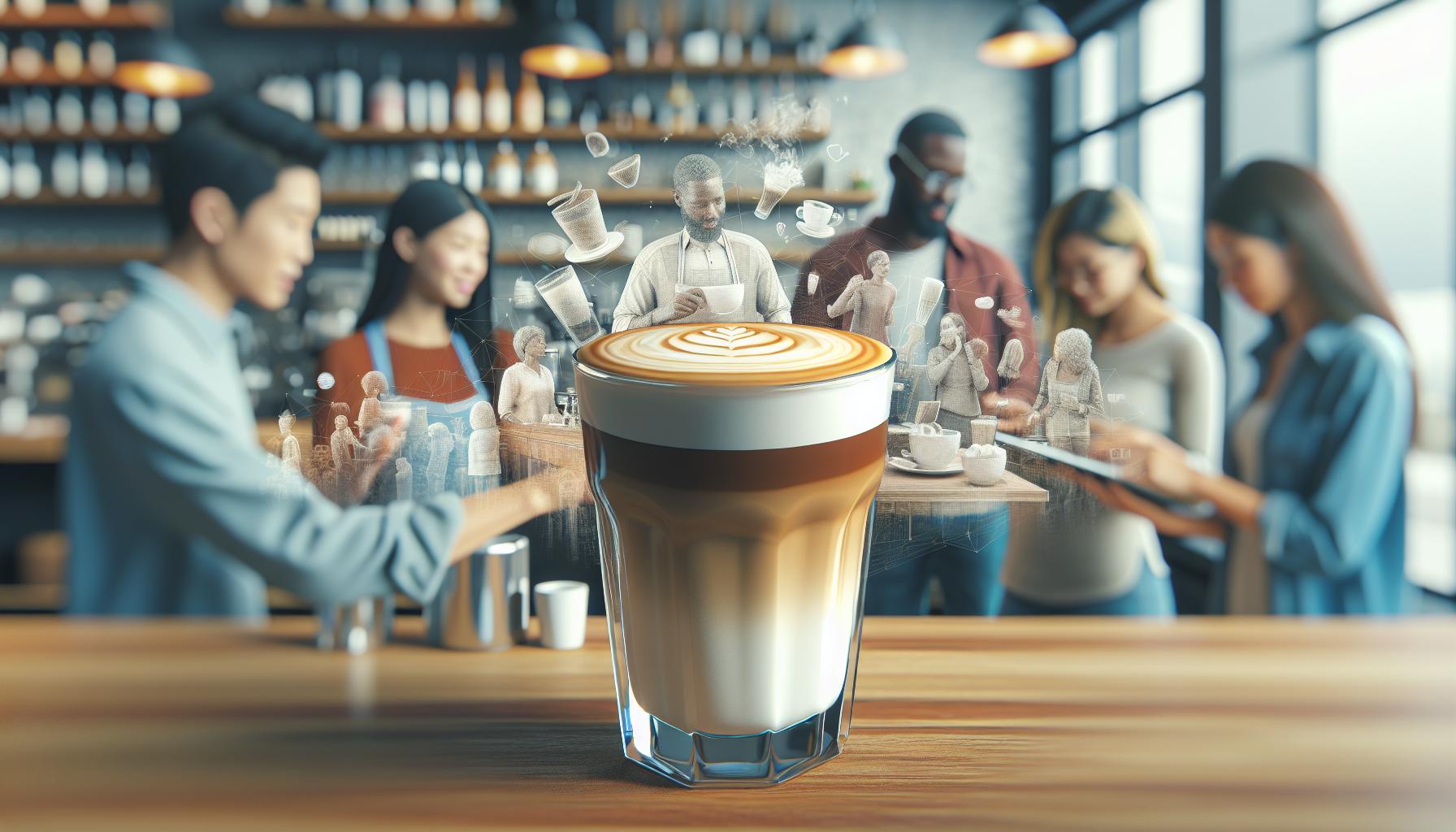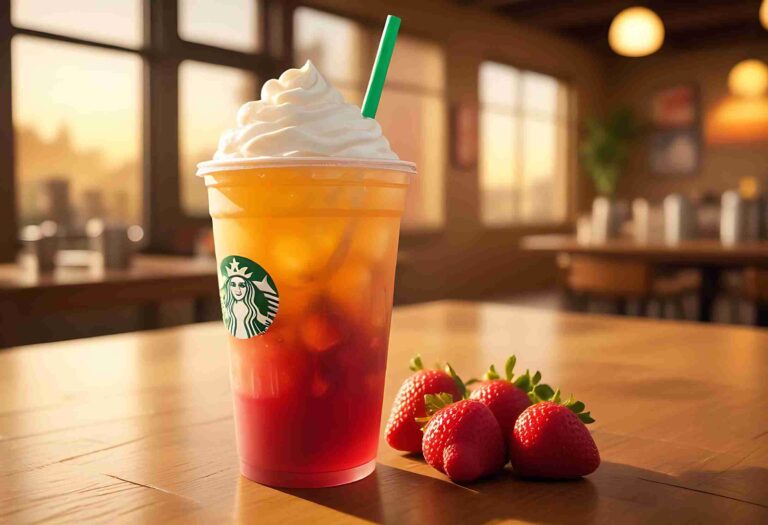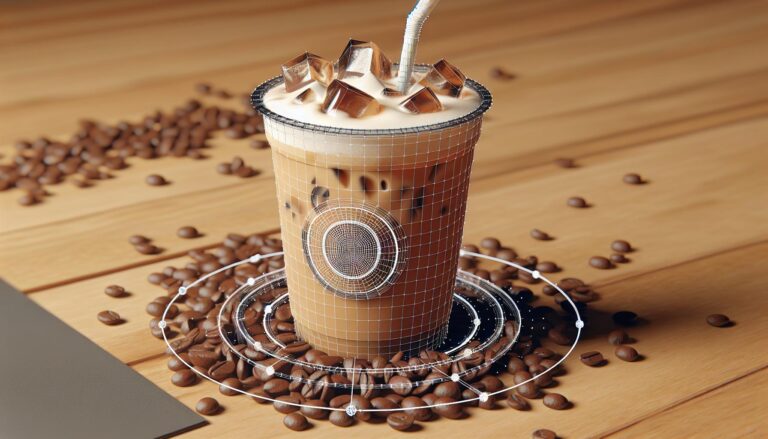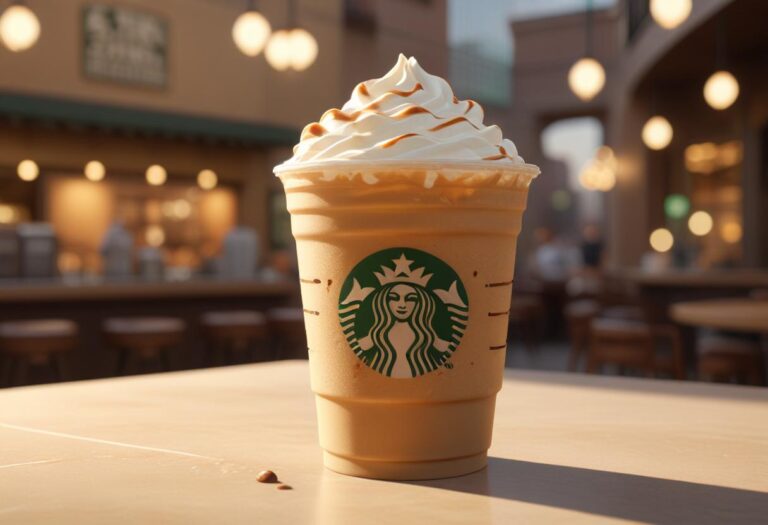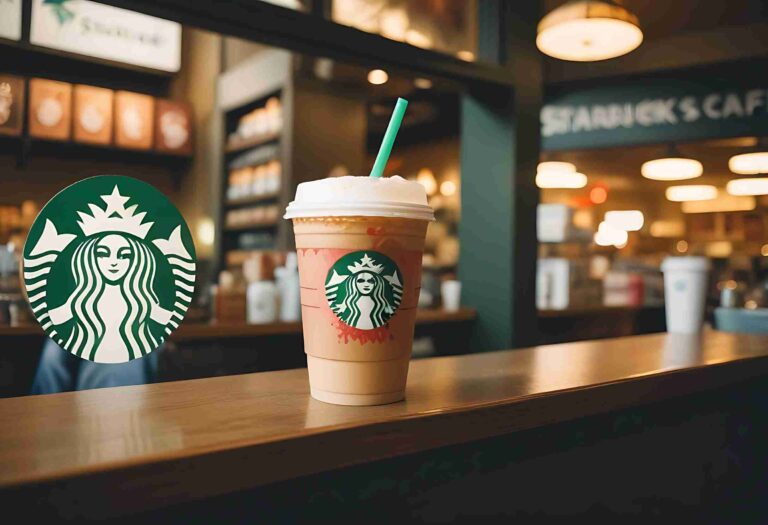Starbucks Latte Macchiato Caffeine Content: What You Need to Know!
How much caffeine is in a Starbucks Latte Macchiato? A Starbucks Latte Macchiato contains approximately 225 milligrams of caffeine in a grande (16 fl oz) size. This amount can vary slightly depending on the size and the number of espresso shots used.
Key Takeaways
- Caffeine Content: A Tall (12 oz) Starbucks Latte Macchiato contains approximately 150 mg of caffeine, making it a significant source of caffeine compared to other espresso-based drinks like Caffe Latte and Cappuccino.
- Components: The drink features two shots of espresso, steamed whole milk, and a light layer of foam, each contributing to its unique layered appearance and flavor profile.
- Caffeine Factors: Variables such as the number of espresso shots, type of coffee beans, and brewing methods significantly affect the caffeine content in a Latte Macchiato.
- Health Considerations: While caffeine can improve mental alertness and physical performance, excessive intake can lead to health issues like insomnia and heart palpitations. It’s essential to monitor your daily caffeine consumption.
- Consistency: Starbucks ensures consistent caffeine levels through strict quality control and precise brewing techniques, providing a reliable caffeine experience in every cup.
Overview of Starbucks Latte Macchiato
Starbucks Latte Macchiato combines the rich flavors of espresso with creamy milk. Understanding its components provides insights into its caffeine content and overall taste.
What Is Latte Macchiato?
A Latte Macchiato blends steamed milk with rich espresso, creating a unique layered drink. Starbucks serves it in a glass, highlighting the distinct layers of milk and coffee.
The drink starts with steamed milk, followed by espresso poured on top. This specific pouring technique results in a “marked” appearance, which “macchiato” means in Italian.
- Espresso Shots: Pure espresso forms the base. A grande Latte Macchiato contains two shots, each contributing approximately 75 mg of caffeine.
- Steamed Milk: Starbucks uses steamed whole milk, enhancing the creamy texture. The milk balances the strong espresso flavor.
- Foam: A light layer of foam tops the drink, adding a silky finish. This foam complements the creamy milk and strong espresso.
Understand the Latte Macchiato’s components to make better choices based on caffeine needs and flavor preferences.
Understanding Caffeine Content
Examining caffeine content in Starbucks drinks helps make informed choices. Knowing differences assists in selecting drinks that match your needs.
Comparing Caffeine Levels in Starbucks Drinks
Starbucks offers a variety of espresso-based drinks, each with distinct caffeine levels. A Tall (12 oz) Latte Macchiato contains about 150 mg of caffeine. In comparison:
- Tall Caffe Latte: 75 mg of caffeine
- Tall Cappuccino: 75 mg of caffeine
- Tall Flat White: 130 mg of caffeine
- Tall Americano: 150 mg of caffeine
This data illustrates how a Latte Macchiato compares in caffeine content, higher than some and equal to others.
Factors Influencing Caffeine Content
Several factors affect the caffeine in your Latte Macchiato.
- Number of Espresso Shots: Most standard Tall drinks include one or two shots. More shots increase caffeine.
- Type of Beans: Dark roast beans have less caffeine than lighter roasts. Starbucks uses blends, often containing a mix.
- Brewing Methods: Starbucks’ espresso brewing maximizes extraction, impacting caffeine levels.
Awareness of these elements helps monitor your caffeine intake accurately.
Also Read: Starbucks Hazelnut Latte Caffeine Content
Health Implications of Caffeine
Understanding caffeine’s effects on health helps you make informed choices about your Starbucks Latte Macchiato consumption.
Benefits of Caffeine
Caffeine provides various benefits. It enhances mental alertness by blocking adenosine receptors in the brain.
A typical Tall Latte Macchiato contains about 150 mg of caffeine, which can boost your focus and concentration.
It also improves physical performance by increasing adrenaline levels, making it beneficial before workouts. Caffeine’s antioxidant properties protect your cells from damage.
Potential Health Concerns
Excessive caffeine intake leads to health problems. Consuming more than 400 mg of caffeine daily can cause insomnia, restlessness, and heart palpitations. People sensitive to caffeine may experience jitteriness even with lower amounts.
Pregnant women and those with heart conditions should limit their caffeine intake. Monitoring the caffeine content in your Starbucks drinks helps manage these risks.
Also Read: Starbucks Almond Milk Latte Caffeine Content
How Starbucks Manages Caffeine Consistency
Starbucks ensures consistent caffeine levels through precise quality control and brewing methods.
Quality Control and Brewing Techniques
Starbucks uses strict quality control procedures to maintain uniform caffeine content in its drinks.
Baristas follow exact recipes and brewing steps. Every ingredient gets measured accurately for each beverage.
For a Latte Macchiato, espresso shots are timed perfectly. The milk is steamed to the right temperature and consistency.
These measures help standardize caffeine levels across all Starbucks stores. Additionally, Starbucks trains its baristas rigorously to adhere to these methods, ensuring your drink has the same caffeine content each time.
Starbucks also leverages real-time data to tweak and enhance its brewing techniques. Using customer feedback and internal audits, the company adjusts recipes as needed to keep caffeine levels steady.
This dynamic approach ensures that you consistently get the expected caffeine content in your Latte Macchiato.
Also Read: Starbucks Peppermint Mocha Caffeine Content
Conclusion
Knowing the caffeine content in your Starbucks Latte Macchiato helps you make informed decisions about your daily intake.
Starbucks’ commitment to maintaining consistent caffeine levels ensures you get the same experience every time.
With precise recipes and real-time adjustments based on customer feedback, you can trust that your Latte Macchiato will deliver the expected caffeine boost.
This dedication to quality control and uniformity across all stores underscores why so many people rely on Starbucks for their caffeine needs. Next time you order a Latte Macchiato, you can feel confident about what’s in your cup.
Frequently Asked Questions
What is the caffeine content in a Starbucks Latte Macchiato?
The caffeine content in a Starbucks Latte Macchiato varies by size: a Tall (12 oz) has about 150 mg, a Grande (16 oz) about 225 mg, and a Venti (20 oz) about 300 mg.
How does Starbucks ensure consistent caffeine levels in their drinks?
Starbucks maintains caffeine consistency through stringent quality control, precise recipes, and standardized brewing techniques followed by all baristas.
Are there other Starbucks drinks with higher or lower caffeine levels than the Latte Macchiato?
Yes, Starbucks offers a range of drinks with varying caffeine levels. Some beverages like the Pike Place Roast have higher caffeine content, while others like the Decaf Coffee have lower levels.
What components affect the caffeine content in Starbucks drinks?
Caffeine content is primarily influenced by the type of coffee beans used, the brewing method, and the size of the drink.
How does Starbucks use customer feedback to maintain consistent caffeine content?
Starbucks leverages real-time data and customer feedback to adjust brewing methods and recipes, ensuring that the caffeine content remains consistent across all stores.
Also Read:

